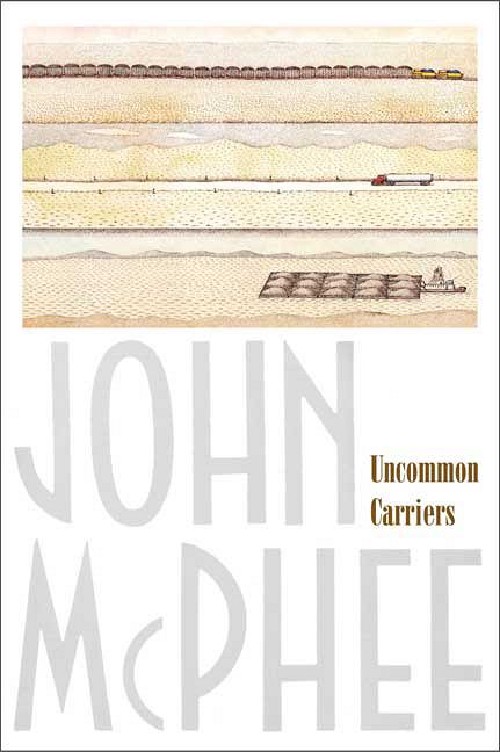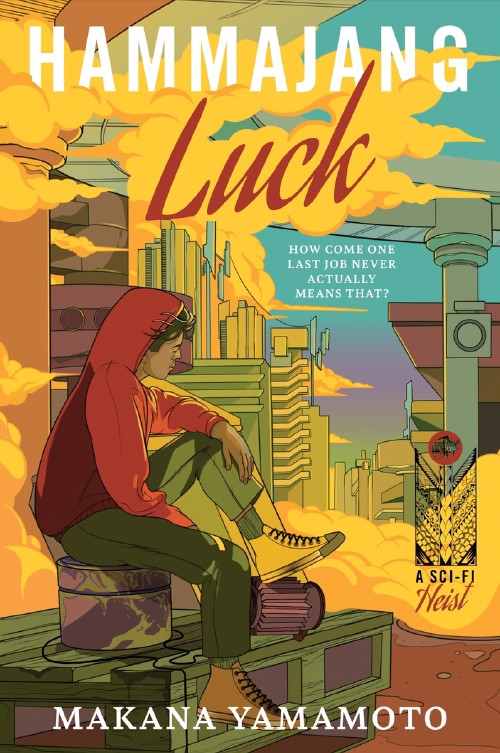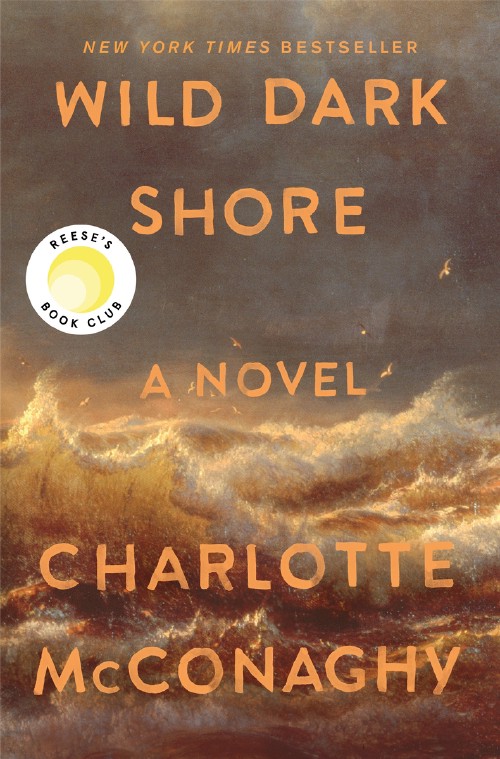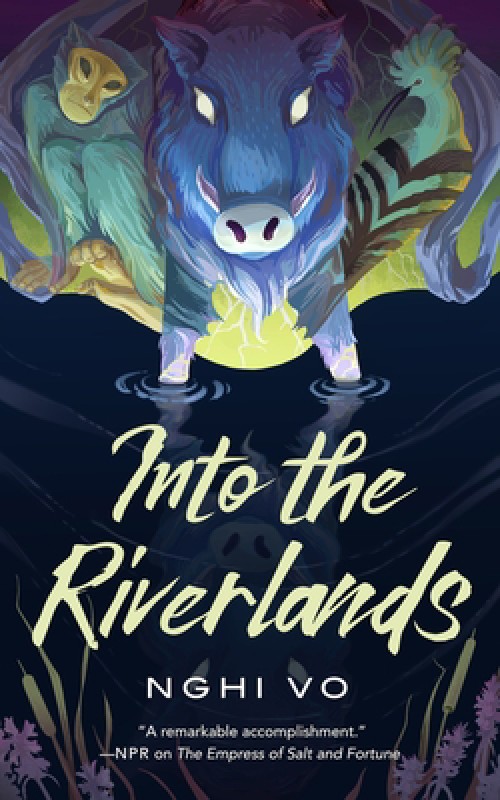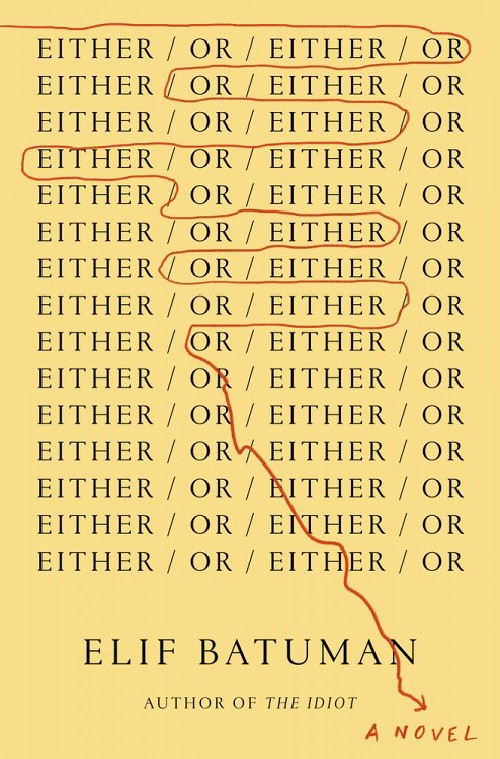
Either/Or
Copyright 2022, Penguin Press
Fiction
A first-person narrated novel about the challenge of figuring out your identity as woman in a world where all the touchstones and roadmaps have been written by men, of varying character. Extremely funny, full of wry observations, while also being slightly heartbreaking.
All highlights from the hardcover edition.
Svetlana and I were sitting in her room reading the course catalog. It was a magical book. All human knowledge was in it, hidden in the form of its classification. It was like From the Mixed-Up Files of Mrs. Basil E. Frankweiler, where the answer to whether the statue was really by Michelangelo -the answer that would determine the meaningfulness of everything else that had happened–was right there in the filing cabinets, and the children had only to find it, but first they had to guess what it was filed under. I thought there was something wrong with the way the departments and majors were organized. Why were the different branches of literature categorized by geography and language, while sciences were categorized by the level of abstraction, or by the size of the object of study? Why wasn’t literature classified by word count? Why wasn’t science classified by country? Why did religion have its own depart-ment, instead of going into philosophy or anthropology? What made something a religion and not a philosophy? Why was the history of non-industrial people in anthropology, and not in history? Why were the most important subjects addressed only indirectly? Why was there no department of love? (p9)
It was a strange thing how people acted as if having a kid was the best thing that could happen to anyone, even though actual parents seemed to experience most of their children’s actual childhoods as an annoyance, which they compensated for by bossing them around. People with kids had to go to work every day, at boring, reliable jobs. On the plus side, work was an acceptable way to escape your children, without seeming to want to. The children, having no such escape, lived through long stretches of boredom and powerlessness, punctuated by occasional treats that they overvalued and freaked out over because the rest of their lives were so empty. (p203)
In its simplest form, the aesthetic life involved seducing and abandoning young girls and making them go crazy. This was what I had learned from books. There was a problem of application: what did you do if you were a young girl? Nadja had been a girl, and had tried to live an aesthetic life. That had involved her being seduced and abandoned and going crazy. But that had been then. What were you supposed to do now: seduce and abandon men? Was that what feminism had made possible? Something about the idea didn’t feel aesthetic. Just think of the angry, complaining men. Maybe you, too, were supposed to be seducing and abandoning young girls: was that what feminism had made possible? But what would you do with the young girls? And wouldn’t it put you in a losing competition against men? (p225)
